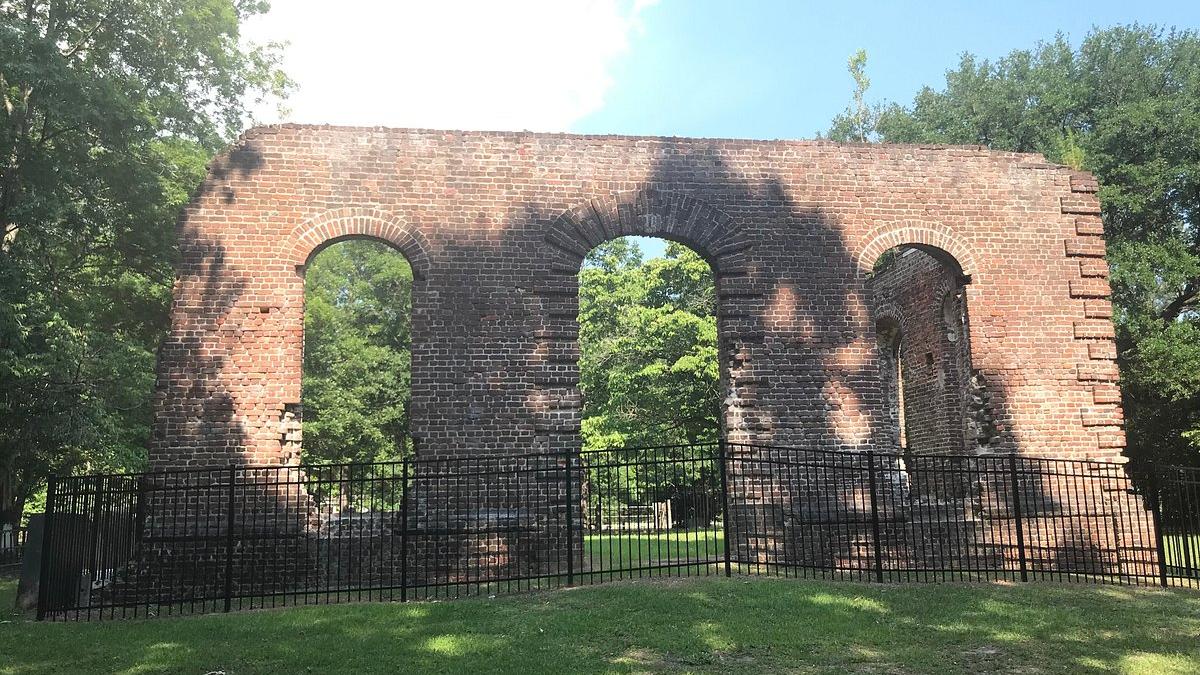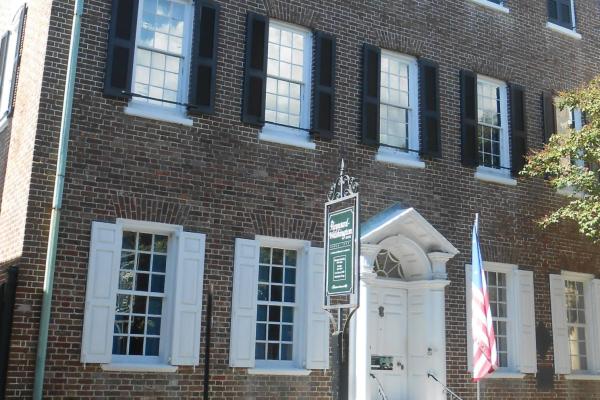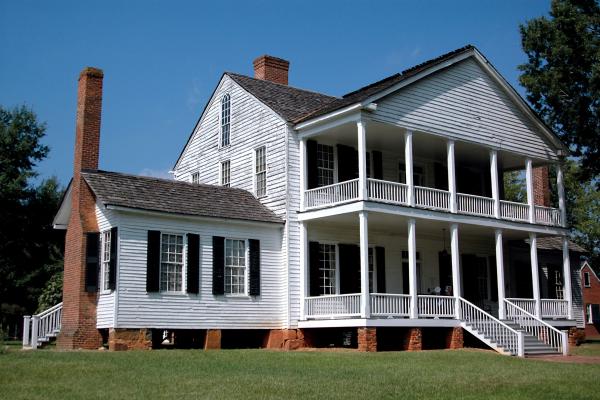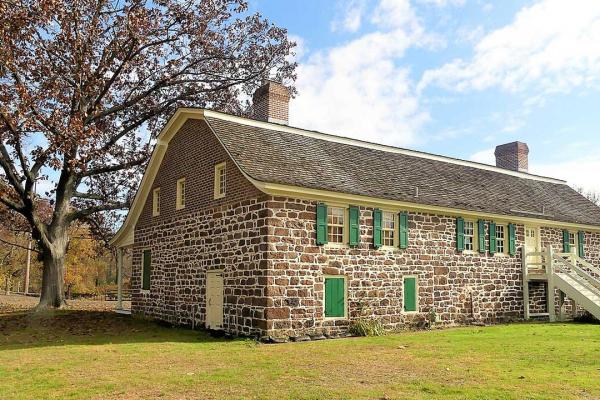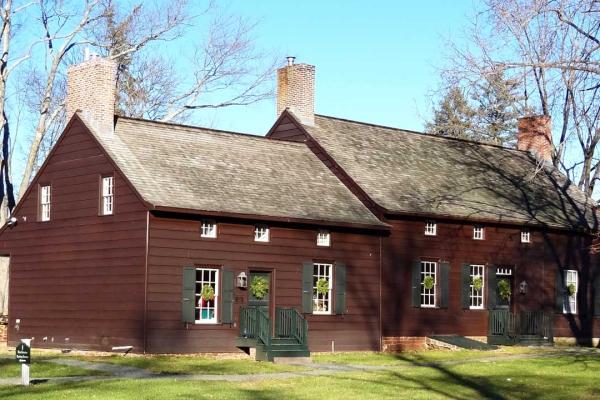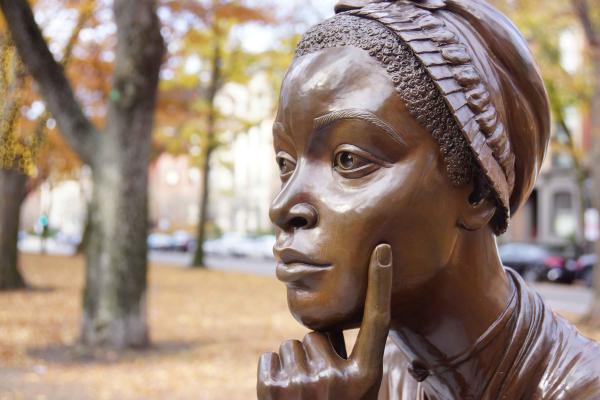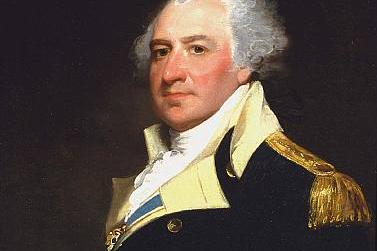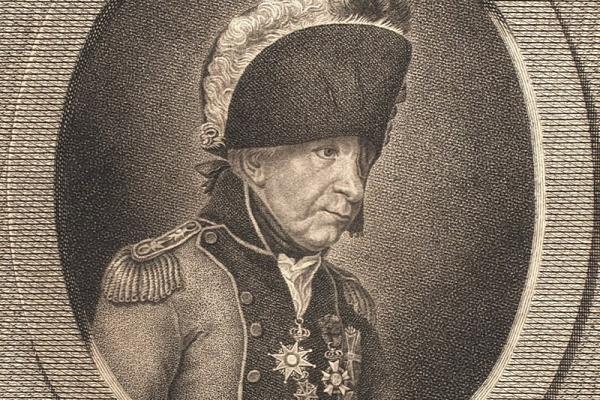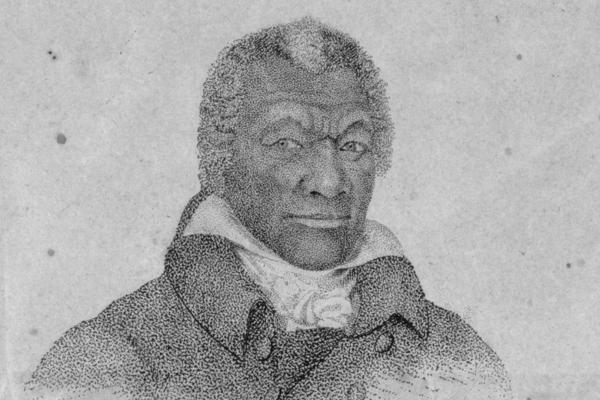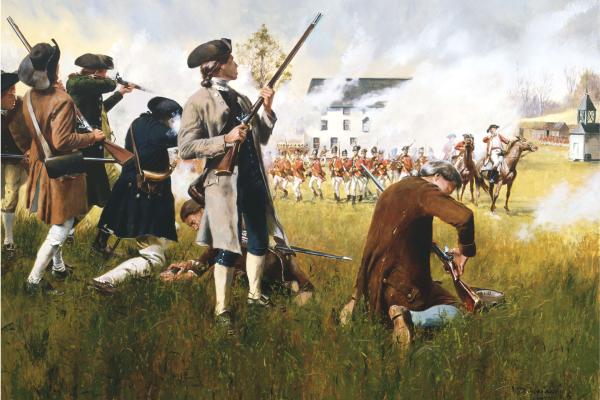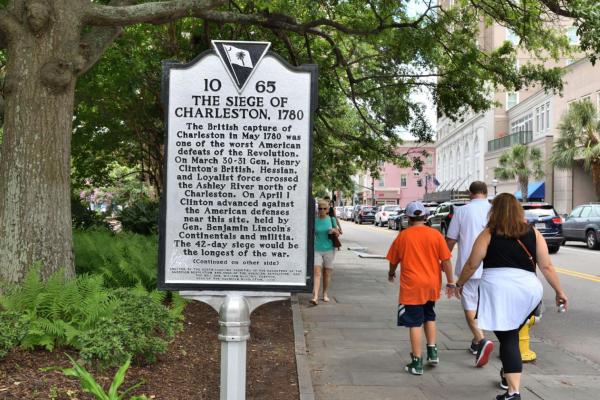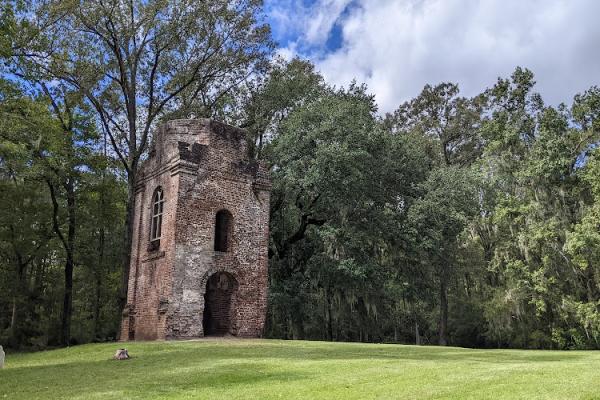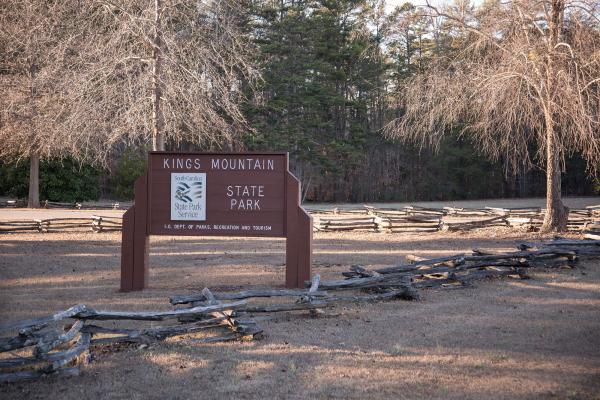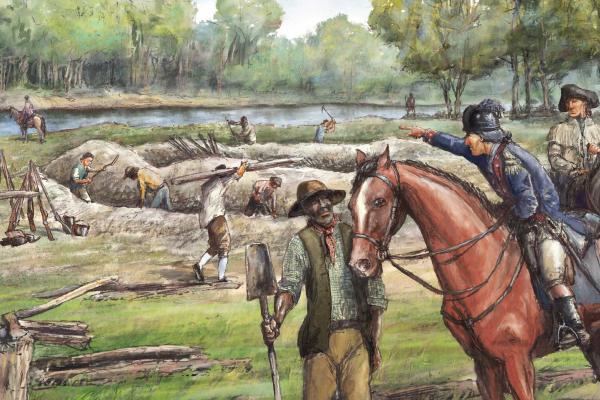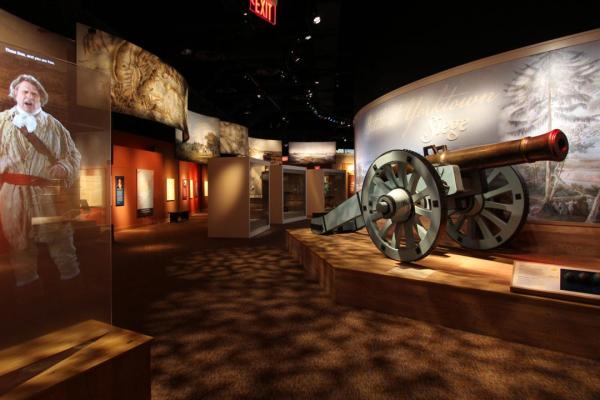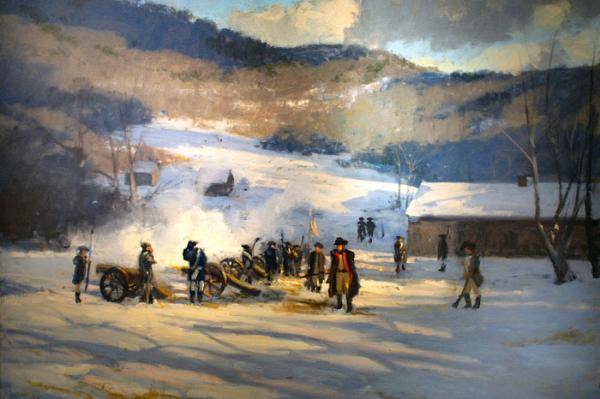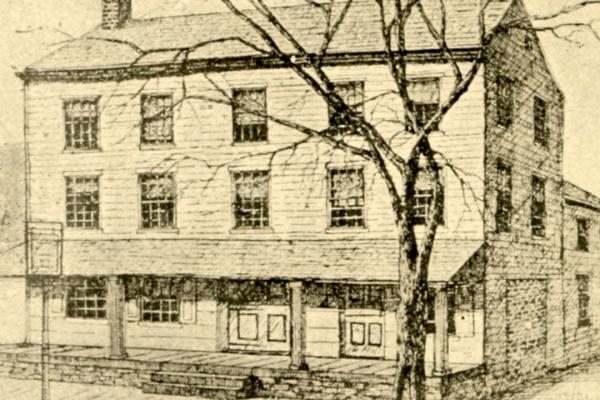This historic house museum was the home of Thomas Heyward, Jr., one of four South Carolina signers of the Declaration of Independence.
Discover the history of the Scots-Irish and African-Americans through preserved buildings and living history experiences of the Brattonsville...
Known for having the "Bridge that Saved the Nation," these grounds were once traversed by George Washington and the battered Continental Army as it...
Located near the famous Treaty of Hopewell site, the Hopewell Plantation house was the Pickens' family home and later served as the South Carolina...
Built circa 1740, Hopsewee Plantation was one of the South’s major rice plantations and the birthplace of Thomas Lynch, Jr., one of the signers of the...
In September 1780, Loyalist Colonel Tye captured Patriot captain Joshua Huddy after a fierce struggle. A Patriot ambush capsized their boat, allowing...
Step into the Indian King Tavern, where revolutionaries once gathered, laws were forged, and history was made. This legendary Haddonfield landmark saw...
The only surviving building associated with the Pluckemin Artillery Cantonment, America's first military academy, it served as the headquarters of...
A home to a Quaker family, it served as a hospital following the Battle of Red Bank.
Liberty Trail History Makers
The Revolutionary War was a war unlike any other — one of ideas and ideals, that shaped “the course of human events. Explore the history and personalities from this pivotal time in American history.Phillis Wheatley, an enslaved woman from Massachusetts, became a celebrated poet, publishing a book in 1773, corresponding with prominent figures like George Washington, and demonstrating the literary talent of African Americans before dying in poverty at 31.
A Revolutionary War officer turned statesman, Thomas Mifflin played a vital role in securing American independence both on the battlefield and in politics. From rallying troops at Trenton to serving as Pennsylvania’s first governor, his legacy is one of leadership, resilience, and political influence.
Johann Ewald, a Hessian captain, served in several significant Revolutionary War battles, including White Plains, Bound Brook, and the failed attack on Fort Mercer. He later fought at Yorktown, where he surrendered with the British forces. His detailed wartime diary and maps provide invaluable insights into his experiences in America.
Enlsaved in the midst of the American Revolution, James Armistead was recruited by Patriot forces to spy on Cornwallis and the British War Department during the Siege of Yorktown.
